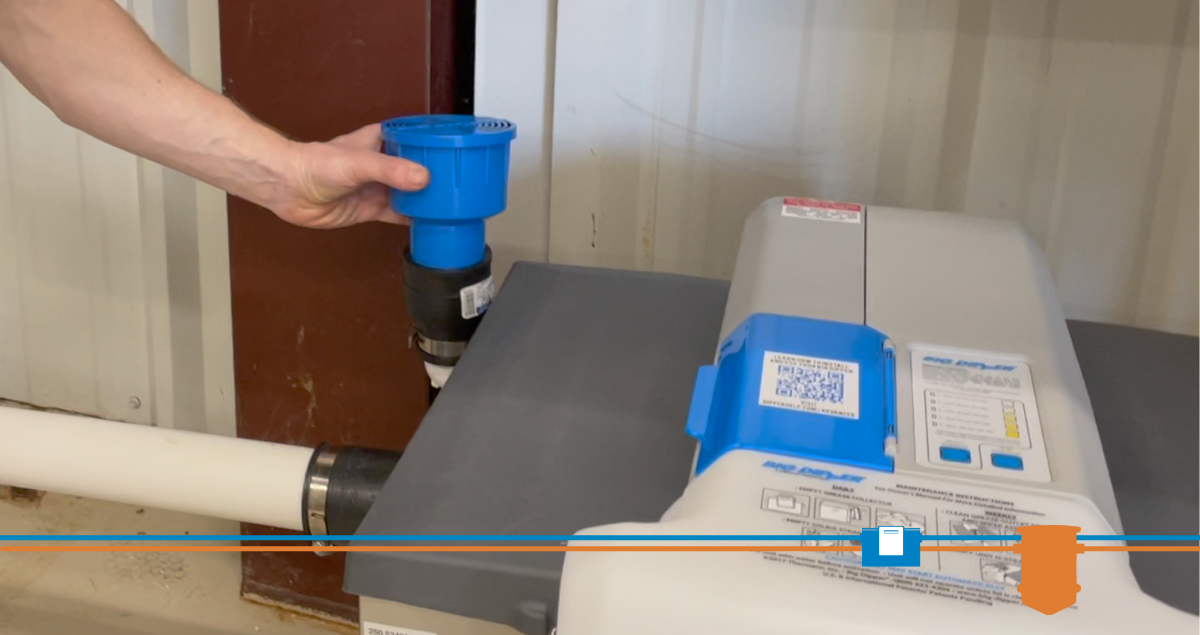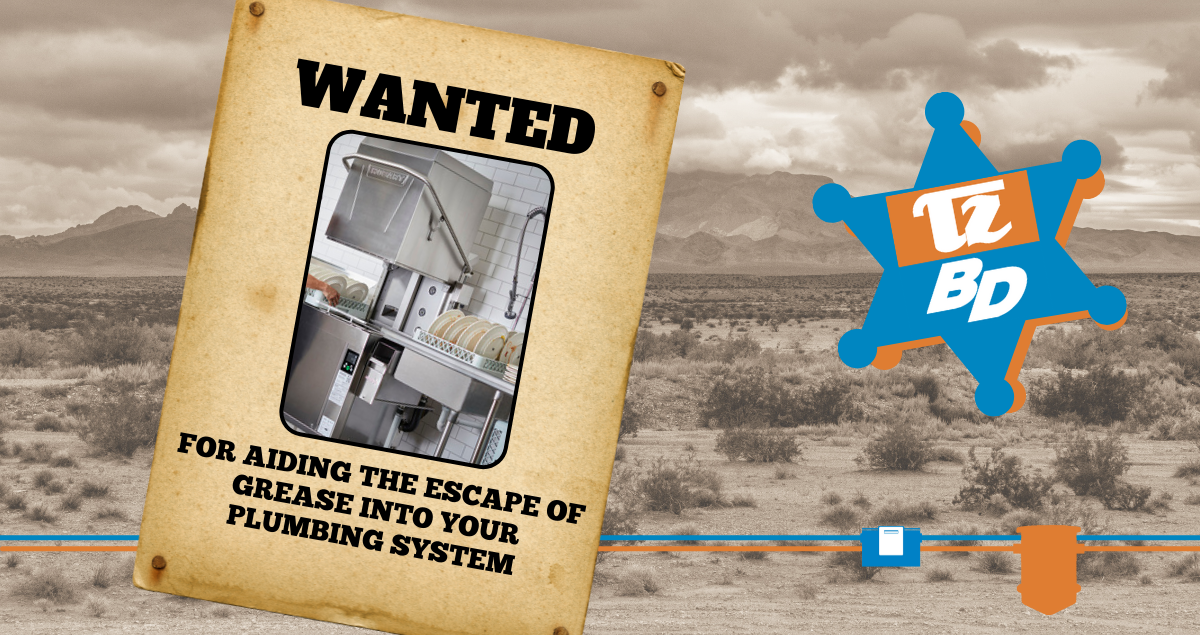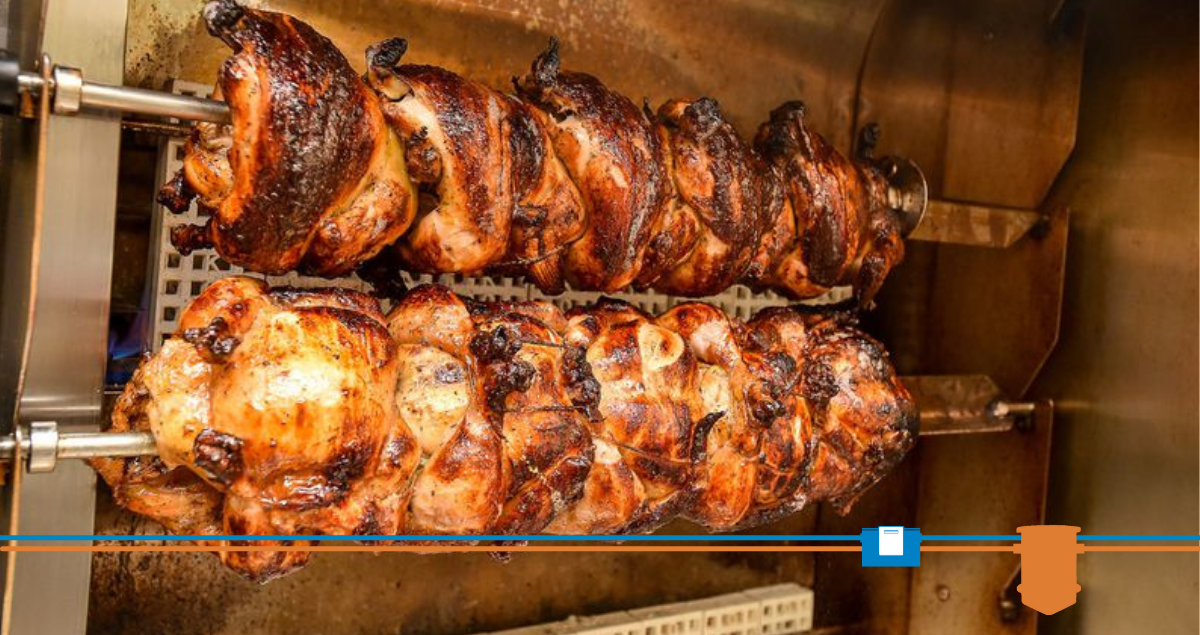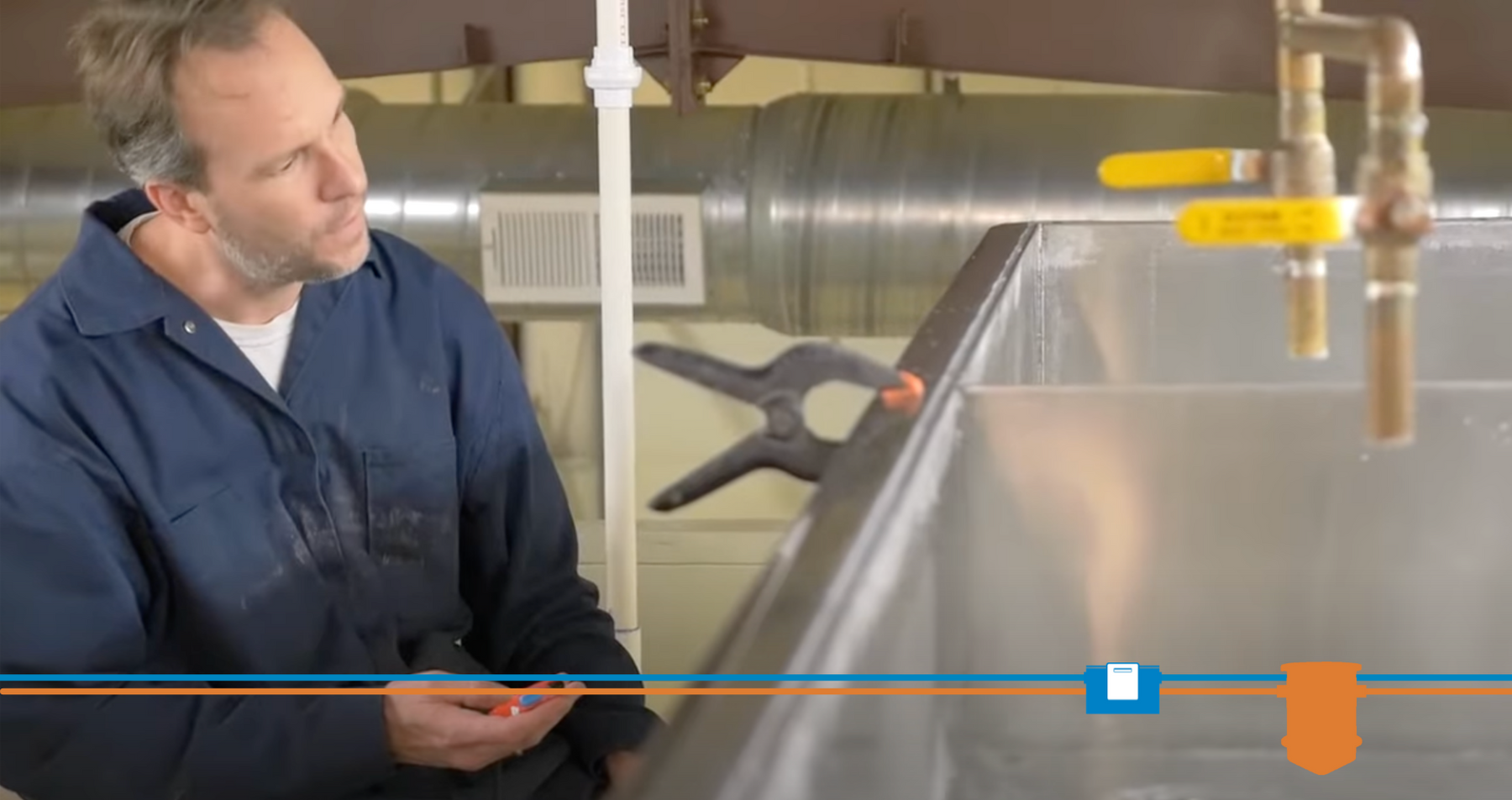Grease Traps Helping Green the World
- Nov 7, 2007
In the 1980s, the grease removed from restaurant grease traps, including automatic grease removal systems like Big Dipper® , sometimes was disposed into dumpster trash. At the time, many food service locations did not access to grease recycling services and dumped waste fryer grease, meat drippings and interior grease traps into their garbage waste. Today, nearly all food service establishments are serviced by recycling companies that collect spent fryer grease, meat drippings and grease trap waste. What led to this change? Answer: 1) Recycling restaurant grease waste into consumer products is now profitable and, 2) a network of grease trap pumping services sprang up to service the thousands of in-ground concrete grease separators installed during 1980- 2005 as a result of stricter sewer district requirements for new restaurant construction.
In 1985 there was virtually no biodiesel fuel production. Restaurant grease materials were used in cosmetic, soap and animal feed production with only the purest yellow fat materials acceptable for these uses. Grease trap fats had no recycling value. Furthermore, there was not enough consumption of yellow grease alone to justify higher profit margins. In the intervening years fats and oils consumption in consumer goods, including cosmetics, lotions, dog & cat feeds, cow & chicken feeds, as chemical feed stocks and biodiesel, has led to consumption driving higher prices which, in turn, has made recycling service companies financially healthy. Today’s better recycling economics enable nearly every food service establishment to have on-site yellow grease recycle bins and economically priced grease trap servicing by pumpers who increasingly take the brown grease trap waste to recycling centers.
Let’s define the terms yellow” grease and “brown” grease. Yellow grease is spent cooking oils from fryers, the meat drippings from cooking or left over butter or salad oil. Yellow grease has not come in contact with water but may have entrained solids such as breading, bits of food or other food related particles. Brown grease is fats and oils that come in contact with water such as grease trap waste. Rotisserie grease may be classified as either yellow grease or brown grease depending if the oven uses a water-filled grease collection pan. The same is true for wok ranges, combi-ovens, wet-type ventilation hoods and other kitchen appliances where grease and water mixes are created.
Higher fuel prices have made biodiesel an attractive energy alternative leading to numerous small and medium sized companies entering the biodiesel production business. The increased demand for fats and oils has made brown grease valuable. In addition to being convertible into biodiesel, brown grease is also being utilized to combust one state’s sewer sludge. Connecticut utilized the brown grease in over 7 million gallons of grease trap waste in its sludge incinerators. This “free” fuel enabled environmentally safe disposal of both municipal sludge and grease trap wastes.
Yes, grease traps have always protected the world’s sewer systems by catching food service establishment fats and oils. In today’s energy tight economy, grease traps also provide clean recycled energy source material for biodiesel fuel. Brown grease is now “Green”.






